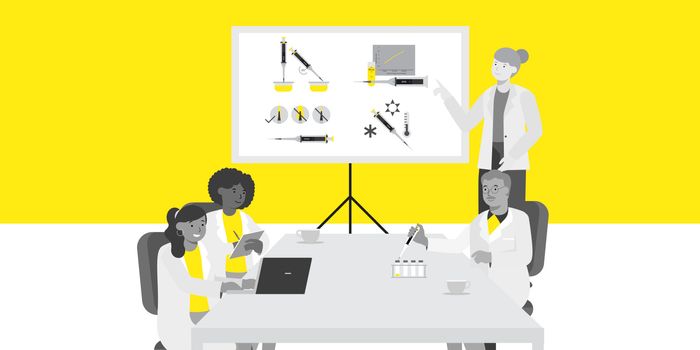Scientists Examine Human-Machine Workplace Relationship
In a recent study published in Applied Ergonomics, a team of researchers from Texas A&M University (TAMU) examined the relationship between humans and machines in the workplace. This study holds the potential to help us better understand the changing work environment as humans and machines continue to work closer with one another.
For the study, the researchers used both male and female participants to polish a metal surface alongside a robot named UR10. Factors such as robot reliability and unreliability and human fatigue were gauged to determine how the human-robot interaction changed over the course of the task. By monitoring human brain activity throughout the task, the researchers found that human trust in the robot decreased as faulty robot actions took place over the course of the experiment.
"While our focus so far was to understand how operator states of fatigue and stress impact how humans interact with robots, trust became an important construct to study," said Dr. Ranjana Mehta, who is an associate professor at TAMU, director of the NeuroErgonomics Lab, and a co-author on the study. "We found that as humans get tired, they let their guards down and become more trusting of automation than they should. However, why that is the case becomes an important question to address."
"What we found most interesting was that the neural signatures differed when we compared brain activation data across reliability conditions (manipulated using normal and faulty robot behavior) versus operator's trust levels (collected via surveys) in the robot," said Dr. Mehta. "This emphasized the importance of understanding and measuring brain-behavior relationships of trust in human-robot collaborations since perceptions of trust alone is not indicative of how operators' trusting behaviors shape up."
The researchers hope to expand their scope into other types of work, to include emergency response to monitor trust in multi-human robot teams in safety-crucial environments.
"This work is critical, and we are motivated to ensure that humans-in-the-loop robotics design, evaluation and integration into the workplace are supportive and empowering of human capabilities," said Dr. Mehta.
Sources: Applied Ergonomics
As always, keep doing science & keep looking up!









